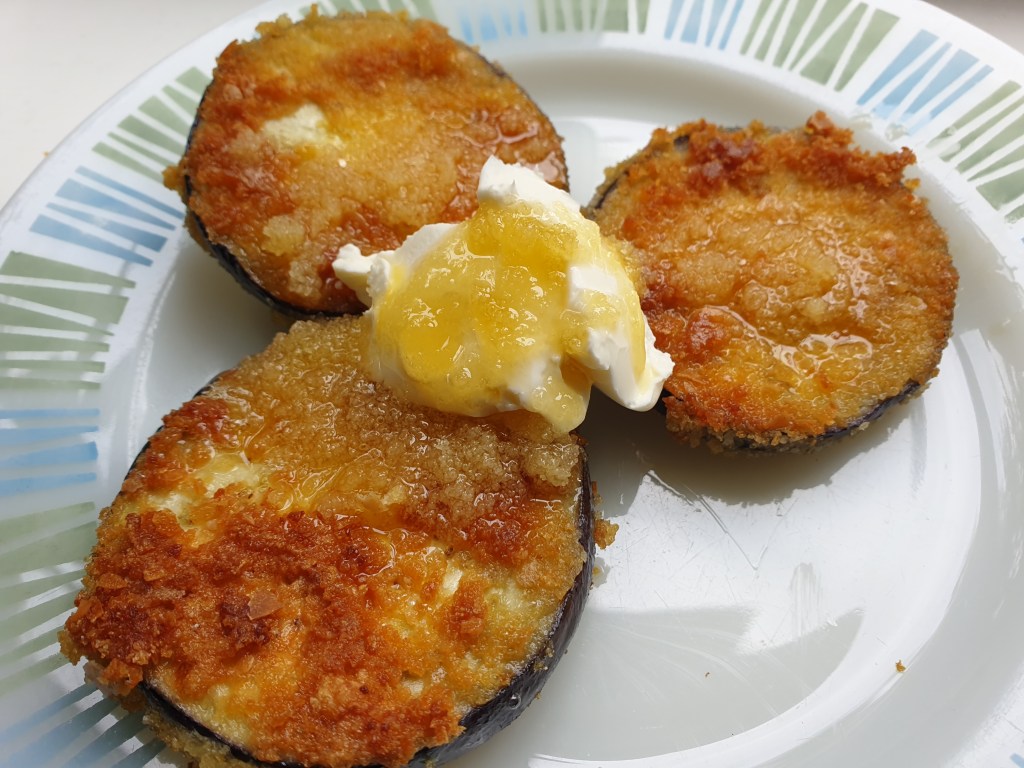- You might think these are too much trouble compared with making a normal large circular sernik .
- But after making little babeczki, which people liked being able to pick up an individual little cake, I thought I would give them a try.
- They turned out well and very good if you want these for a large number of people.
- The sweet cheese mix does not want to be one that rises too much so I adapted the filling from flat sernik.
Ingredients
- Shortcrust pastry – Kruche ciasto – from 250g plain flour
- This made 24 pastries.
- 200 – 250g yoghurt cheese or cream cheese
- 2 egg yolks
- 50g granulated sugar
- 30g ground almonds
- Fine grated zest of 1 lemon or orange
- 50g mixed chopped peel
Method
- Pre-heat the oven to – GM5
- Butter shallow tart tins.
- Roll out the pastry very thinly.
- Cut out circles to fit and line each tart mould.
- *
- Filling
- ¾ fill each tart – leaving room for expansion.
- Bake for 15-20 minutes.
- Leave to cool a little before removing them from the tins.



Tea plate by Crown Staffordshire



























